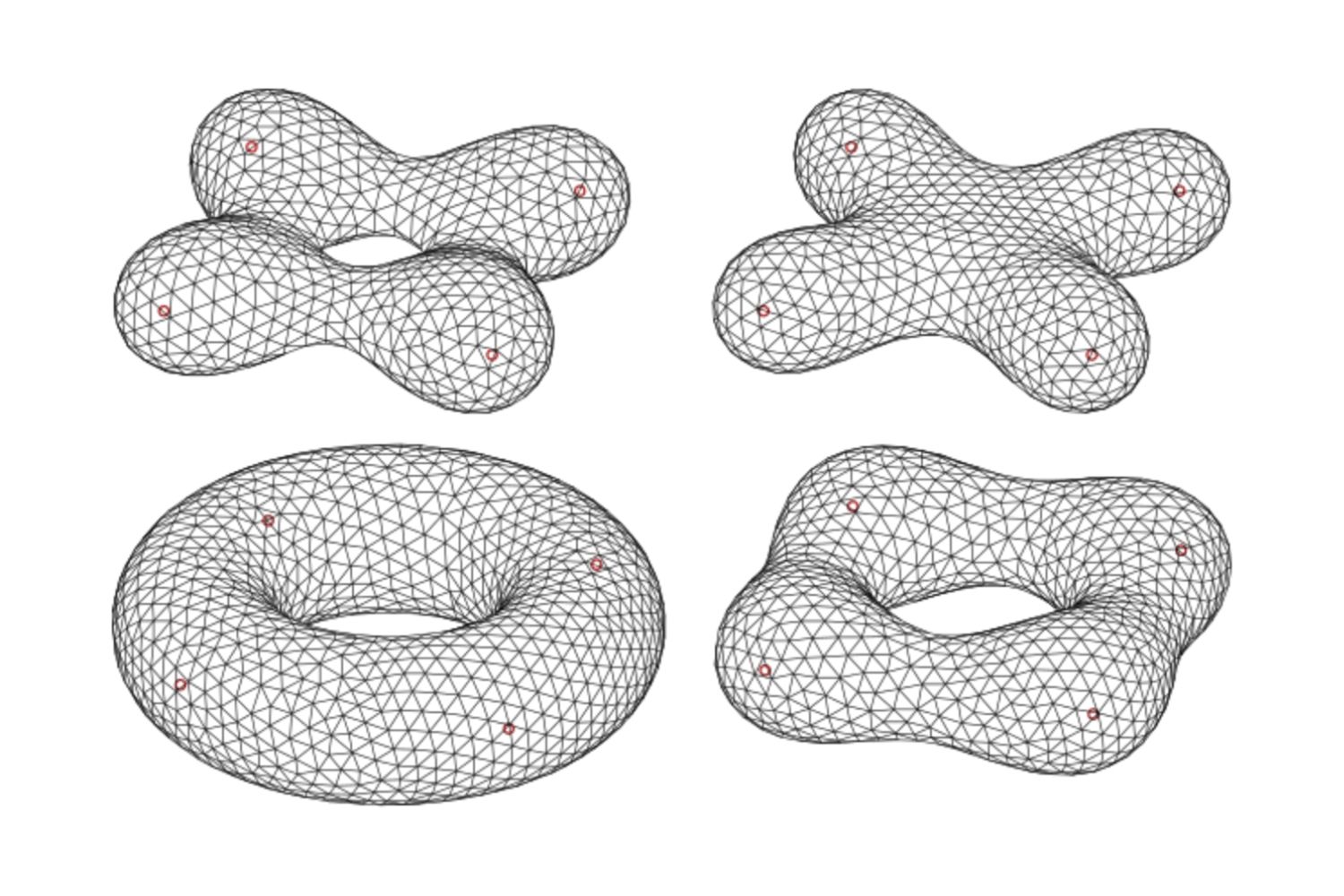
Implicit bias affects everyone, often without us even realizing it. But what exactly is it? Implicit bias refers to the attitudes or stereotypes that influence our understanding, actions, and decisions unconsciously. These biases can be based on race, gender, age, or other characteristics. They shape our interactions and perceptions in ways we might not be aware of. For example, have you ever made a snap judgment about someone without knowing why? That’s implicit bias at work. Understanding these hidden biases is crucial because they can impact everything from hiring decisions to everyday social interactions. Ready to learn more? Here are 26 eye-opening facts about implicit bias that might just change the way you see the world.
Key Takeaways:
- Unconscious biases, called implicit biases, affect our decisions without us realizing it. They form from our experiences and can impact everything from healthcare to education.
- Recognizing and addressing implicit biases is crucial. Self-reflection, education, and diverse environments can help reduce their impact.
What is Implicit Bias?
Implicit bias refers to the attitudes or stereotypes that affect our understanding, actions, and decisions unconsciously. These biases are not always aligned with our declared beliefs and can influence our behavior without us even realizing it.
-
Implicit biases are automatic and involuntary. They are mental shortcuts that help us process information quickly but can lead to unfair judgments.
-
Everyone has implicit biases. No one is immune, regardless of their background or intentions.
-
Implicit biases can be positive or negative. They can lead to favoritism or discrimination.
-
These biases are different from explicit biases. Explicit biases are conscious and deliberate, while implicit biases are unconscious.
How Implicit Bias Forms
Understanding how implicit bias forms can help us recognize and address it in our daily lives.
-
Implicit biases develop over time. They are shaped by our experiences, media, and cultural influences.
-
They start forming at a young age. Children can develop implicit biases as early as three years old.
-
Socialization plays a significant role. Family, friends, and society influence our biases.
-
Media representation impacts implicit bias. Stereotypes in movies, TV shows, and news can reinforce biases.
The Impact of Implicit Bias
Implicit bias can have far-reaching effects on various aspects of life, from personal interactions to institutional policies.
-
Implicit bias affects decision-making. It can influence choices in hiring, promotions, and other critical areas.
-
It impacts healthcare. Doctors and nurses may unconsciously provide different levels of care based on a patient's race or gender.
-
Education is not immune. Teachers' biases can affect how they treat students and assess their abilities.
-
Law enforcement can be influenced. Police officers may make split-second decisions based on implicit biases.
Recognizing Implicit Bias
Recognizing implicit bias is the first step toward addressing it. Here are some ways to identify these unconscious attitudes.
-
Self-reflection is crucial. Regularly examining your thoughts and actions can help uncover biases.
-
Implicit Association Tests (IAT) can help. These tests measure the strength of associations between concepts and evaluations.
-
Feedback from others is valuable. Friends, family, and colleagues can provide insights into your behavior.
-
Awareness of stereotypes helps. Knowing common stereotypes can make you more vigilant about your biases.
Reducing Implicit Bias
While it may not be possible to eliminate implicit bias entirely, there are strategies to reduce its impact.
-
Education and training are effective. Learning about implicit bias can help people recognize and counteract it.
-
Diverse environments matter. Exposure to different cultures and perspectives can reduce biases.
-
Mindfulness practices can help. Being present and aware of your thoughts can reduce automatic responses.
-
Slow down decision-making. Taking time to consider your choices can help mitigate bias.
The Role of Organizations
Organizations play a crucial role in addressing implicit bias within their structures.
-
Implementing bias training is essential. Regular training sessions can help employees recognize and address their biases.
-
Diverse hiring practices are important. Ensuring a diverse workforce can reduce the impact of biases.
-
Inclusive policies make a difference. Policies that promote equality and inclusion can counteract biases.
-
Accountability measures are necessary. Holding individuals accountable for biased behavior can drive change.
The Future of Implicit Bias Research
Research on implicit bias is ongoing, and new findings continue to emerge.
-
Technology is aiding research. Advanced tools and methods are helping scientists understand implicit bias better.
-
Collaboration is key. Researchers from various fields are working together to study and address implicit bias.
Final Thoughts on Implicit Bias
Implicit bias affects everyone, shaping our decisions and interactions without us even realizing it. Recognizing these biases is the first step toward creating a more inclusive and fair environment. By understanding how implicit bias works, we can take active steps to counteract it. This means being mindful of our thoughts, questioning our assumptions, and seeking diverse perspectives. Simple actions like these can make a big difference in reducing the impact of implicit bias.
Remember, change doesn’t happen overnight. It requires ongoing effort and commitment. But with awareness and dedication, we can all contribute to a more equitable society. So, let’s stay curious, keep learning, and strive to be better every day. Implicit bias may be a part of human nature, but it doesn’t have to define us.
Frequently Asked Questions
Was this page helpful?
Our commitment to delivering trustworthy and engaging content is at the heart of what we do. Each fact on our site is contributed by real users like you, bringing a wealth of diverse insights and information. To ensure the highest standards of accuracy and reliability, our dedicated editors meticulously review each submission. This process guarantees that the facts we share are not only fascinating but also credible. Trust in our commitment to quality and authenticity as you explore and learn with us.
